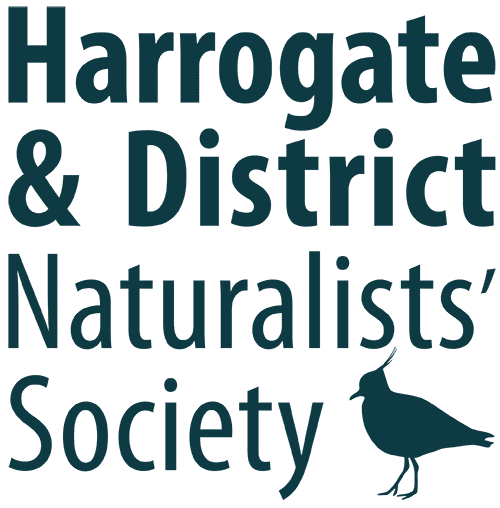On our arrival at the car park, a Whitethroat and a Sedge Warbler were singing, Goldfinches were in the hedgerow and Swifts flying overhead. Due to Covid restrictions, the first hide was closed, but a Shoveler was found from the footpath. We walked along the wooded streamside hearing Chiffchaff, Blackcap and Song Thrush before hopefully stopping at the Kingfisher screen where a birdwatcher told us that an Osprey had just flown over the reserve! We continued up the coal tip trail to the first lake where Oystercatcher and Little Grebe were noted. On reaching the top, overlooking the River Aire, a slight chill in the light breeze was not welcome; on the next lake, we found it held Pochards and Gadwall, Sedge and Reed Warblers were singing while keeping well-hidden, though a Reed Bunting was more obliging. A Whitethroat was performing its song flight display, characteristic of this species, while a nearby Carrion Crow was showing an interest. We moved along to a watchpoint, which gives an advantage to the view looking across the trees around the Moat by the roadside where Little Egrets and Spoonbills nest amongst the Cormorants; unfortunately, the target species were out of sight. A Bittern boomed briefly as we turned our attention to the second lagoon where two Common Terns were flying, a Great Crested Grebe with small young was seen, a Whitethroat had a nest nearby and a Water Rail called. A Cuckoo was seen only briefly as it flew by and a Cetti’s Warbler, as they do, sang from cover and was seen by only one member. We made the return journey back to the centre for lunch, having exhausted all the surrounding habitats, stopping on the way at the screen where the birdwatcher gave negative news, but a tail-end member did see a Kingfisher.
After lunch, we drove down to Lindyke and two members who stopped on the way at the Moat, did see the Spoonbills, but there is very little parking at the Moat beside this extremely busy road. The heavy rainfall during the month had raised the water levels which is a disadvantage as it restricts feeding and breeding for many species. A few Mute Swans were resting on grassy mounds out of the water in the company of two Shelducks. As we walked along the track, the main songbird was a Blackcap; also seen were Greylag and Canada Geese, a Common Tern and duck species already recorded. As we approached the hide, which was closed, the rain started so we took shelter under the nearby old bridge, a relic from the past life of the district. After half-an-hour, the rain eased enough for us to take a look at the last area around the canal; a Great Spotted Woodpecker obliged just before the rain started again and, as it became heavier, the path seemed to be twice as long on the return hike. Not the best end to the day, but we were lucky to have had a dry morning.
May is regarded as one of the prime months for birdwatching, but this year it was, literally, a washout! Sixty species were recorded, which is very respectable, considering the conditions on the day, which did not dampen the members’ enthusiasm.
June E. Atkinson
